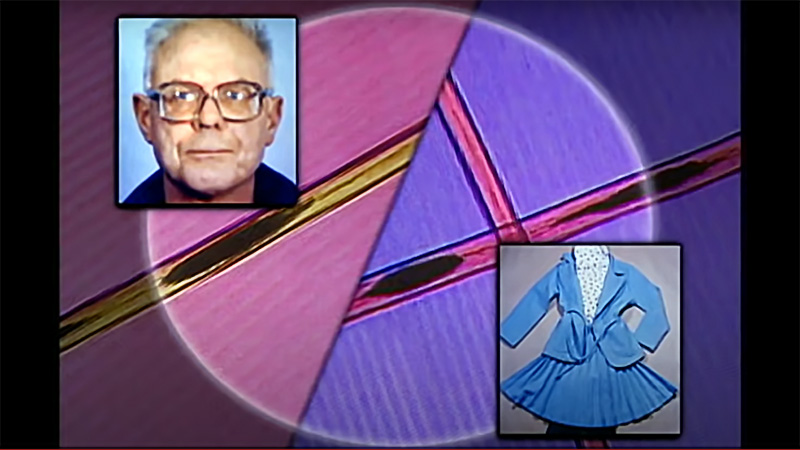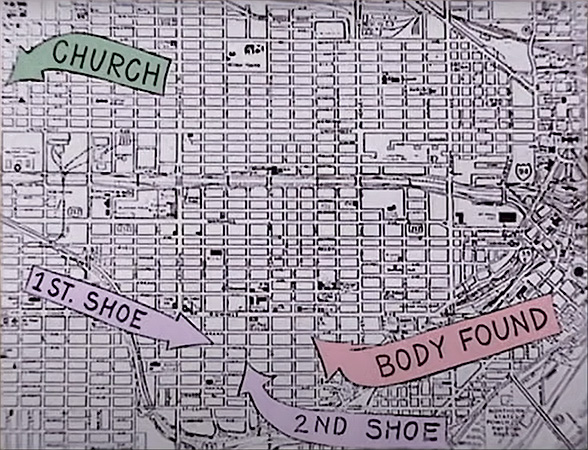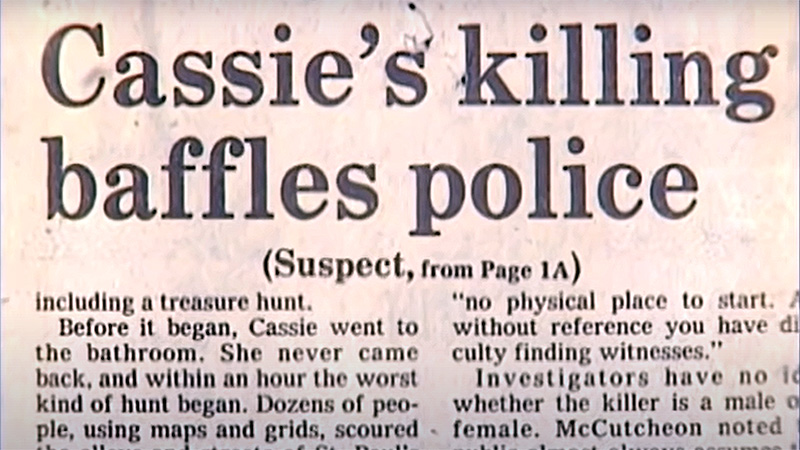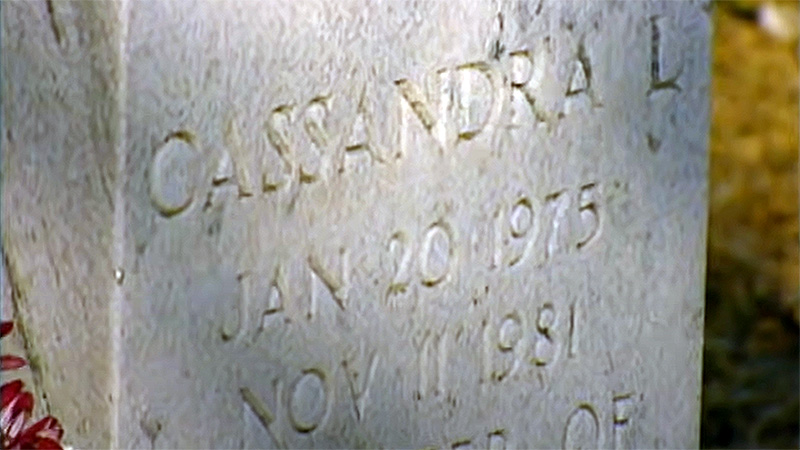Church Disappearance
Stuart Knowlton abduction and murder of Cassie Hansen
Six year old Cassie Hansen visited the bathroom at her family church, and she never returned. The next morning her lifeless body was recovered from a dumpster.
Original air date: July 23, 2001
Posted: April 11, 2022
By: Robert S.
Season 6, Episode 10
Ellen Hansen took her young daughters to a church "family night" on a cold November evening in 1981. The children's father Bill had a previous commitment. While playing in the kids' area downstairs, the Hansen's older daughter Cassandra needed to use the restroom. Cassie (as she was always called) was just six years old, but their church was as safe a place as any for Ellen to send her unaccompanied.
Bill soon received a phone call he never expected that night. When Cassie hadn't returned from the bathroom after a few minutes, Ellen and other church members began looking for her. It soon became evident that Cassie was nowhere in the church, nor was she outside. Authorities were quickly notified. There was no indications of Cassie's disappearance – no signs of a struggle. It was as if she had simply vanished.
Local newspapers and television stations were alerted of young Cassie's disappearance within hours, and the search lasted through the night. Sadly, on the morning of November 11th, the girl's lifeless body was located in a dumpster behind an auto body shop just a few miles from the church. The perpetrator had disposed of her like garbage, an unconscionable thought to anyone with even a shred of humanity.
Police went from trying to locate a little Cassie to hunting a vicious, heartless killer. They weren't working with many leads, but a few eyewitnesses reported seeing an older, white male at the church and near the dumpster. Investigators also reached out to the FBI to obtain a profile of the killer, hoping it would help them zero in on a suspect.
But a suspect didn't emerge until a chatty customer at a massage parlor divulged more information than expected to his masseuse, Dorothy Noga. Stuart Knowlton asked Dorothy to provide him an alibi, though no one had made inquiries as to his whereabouts. This suspicious behavior was immediately shared with the police. Soon, investigators had multiple volunteers offering to record Knowlton's conversations in hopes of obtaining a confession. But before police could gather their evidence and make an arrest, one of the volunteers was attacked and left for dead. But was Stuart Knowlton either Dorothy's attacker or Cassie's killer?

The Facts
Case Type: Crime
Crimes
- Murder
- Misconduct
Date & Location
- November 10, 1981
- St. Paul, Minnesota
Victim
- Cassie Hansen (Age: 6)
Perpetrator
- Stuart Knowlton (Age: 57)
Weapon
- Belt
Watch Forensic Files: Season 6, Episode 10
Church Disappearance

The Evidence
Forensic Evidence
- Blood: Typing
- Hair
- Recorded narrative: Perpetrator
Forensic Tools/Techniques
- None used in this episode

Usual Suspects
No Evil Geniuses Here ?
- Told another about involvement in crime
Cringeworthy Crime Jargon ?
- None uttered in this episode
File This Under... ?
- Karma is a bitch

The Experts
Forensic Experts
- None featured in this episode
Quotable Quotes
- "I got the phone call from Ellen saying that Cassie was missing, and, you know, my heart stopped. And I think I was just breathing heavy, you know, and just thinking, “Oh boy, this is…” because you know your child, and you know that she would just not walk away from something like that." - Bill Hansen: Cassie’s Father
- "The idea of a church, it’s the one place you can go, and you would let your daughter go to a restroom, that’s something you would do. You feel a safeness, that these basically good people are all in there together. The last thing you would ever expect, and we have no reason to expect, a stranger would come into a church and abduct a child." - Caroline Lowe: Crime Reporter, WCCO-TV
- "She [Dorothy Noga] was a hero for us. She told us that during one of these conversations that he admitted to her that he had killed a little girl – that he had in fact had killed Cassie." - "Undercover Agent"
- "He jammed a knife straight on in, like that in my neck. And then he pulled it out. Well then, I knew, you know, he had cut me, you know, and I turned my head like that, and he said, “I’ll teach you not to talk.” And then he cut it, and he slid it all the way down." - Dorothy Noga: Masseuse
- "It was so unusual, in my career looking at hairs at the FBI laboratory, I’ve never seen, or I’ve never matched a hair that had this unusual characteristic. A hair disease called ‘pili annulati’ - commonly that’s referred to as either ‘ringed hair’ or ‘banded hair’." - Al Robillard: FBI Evidence Analyst
- "Stuart had a shoe fetish. When he talked about shoes at first, it meant nothing to me. In retrospect, it was probably more significant than I thought." - Janice Rettman: Ramsey County Commissioner
Find a typo or issue with the details of this case? Leave a comment below, or contact us!






